You likely have read about every possible scenario for waterfowl and specifically duck decoy spreads. The J-hook or “J” spread, the “U” spread, the “L” spread, and finally the “X” spread. Add to this the “C” spread or total chaos spread and that should about cover the possibilities. I have used them all and what I have learned over the years is if the ducks want in, they will come in, regardless of the wind direction, exposed hunters, poor sets, or movement.
What is most important though to understand is ducks find places to land, feed, and roost and at some point, one or more ducks has to find this place. Once they have, other ducks follow. So, to step back, decoys matter and that is your key to success – getting one or more to land in your set is the ultimate measure of your decoy placement skill set.
All of us have wondered what it is that makes ducks see and access certain areas. In the marsh, it oftentimes totally defies the logic we have grown to use and conflicts with our thought processes. Couple that with days when you make a great set and there are no ducks flying to assess your spread and we can all agree this is not a science. But we should agree on the fact that no matter where and how we hunt we either walk into places the ducks are already using or we have to convince them to come to our decoys.
I see the spread historically as odd numbers of decoys (yes odd, even though they are sold in even numbers) placed in one of the four previously mentioned spreads. Add in the idea that we can tie a string to one of them and history starts to evolve with the advent of the jerk cord. It must have been in the late 1960s when my father introduced me to the jerk cord and motion on the water. That was a real game-changer.

In this more modern age of duck hunting, we next added in the spinning wing decoy advanced by a few in California that had for years become the go-to item in a decoy spread. Sets that included anything from one to a dozen or more spinners have become the norm. But put four guys around the coffee table at the local diner and their usefulness ranges from “I don’t use them” to “I have had to tell people to not shoot my spinners” because ducks would not stay away. For this though consider the spinning wing decoy a segment on the timeline of decoy spreads.

Today motion seems to be and rightly so, the most important piece of a spread. By this, I mean water motion, ripples, splashing, and actual swimming of decoys. Aside from above the water spinners the increase in the use of water-based motion is and will be the next big addition to your spread. Let’s discuss the inclusion to water motion to your spread.
Your goal here is to break the water tension and make your spread come alive. One water-motion decoy can do some good, but those concentric rings need to be broken up some. Add a couple more to accomplish this movement. Consider how your spread was organized – a “J” hook might have water-motion all along the line, but with a greater concentration and the blocking end. A “U” spread might have some motion on the tips and a greater concentration at the center and more randomized spread of pairs of mating ducking late in the season might have motion within each cluster. Finally, some spreads are simply a lot of decoys thrown into the center of the open water with no regard for a programmed assault. In those cases, placing water-motion all over the spread is all you must do.
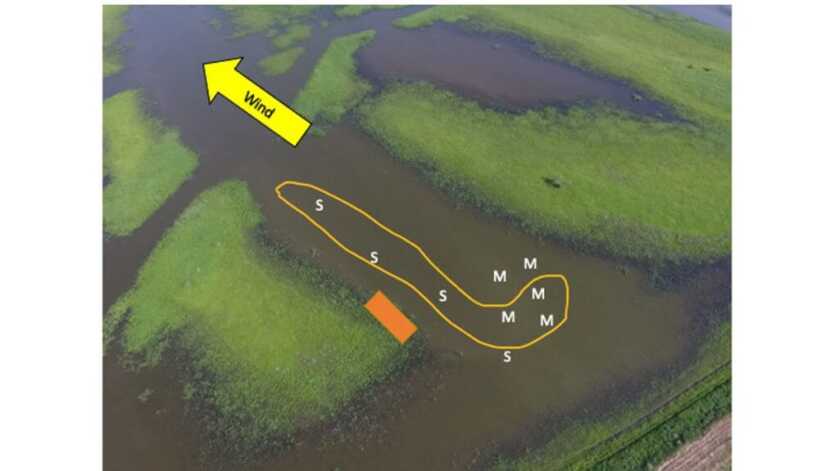
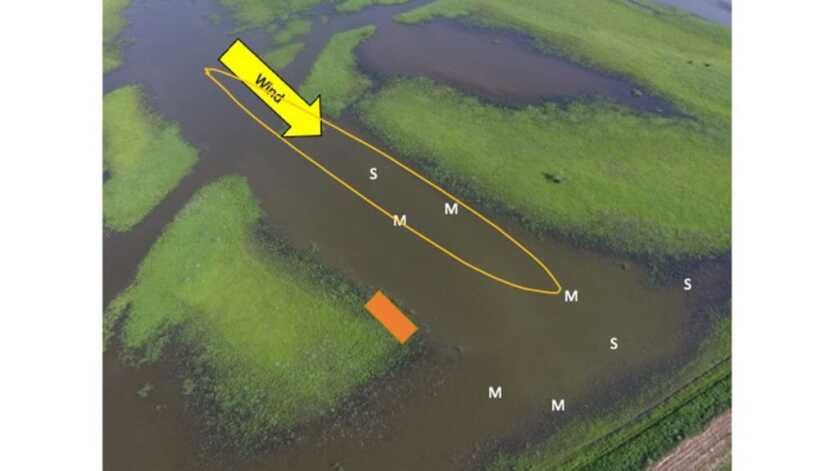
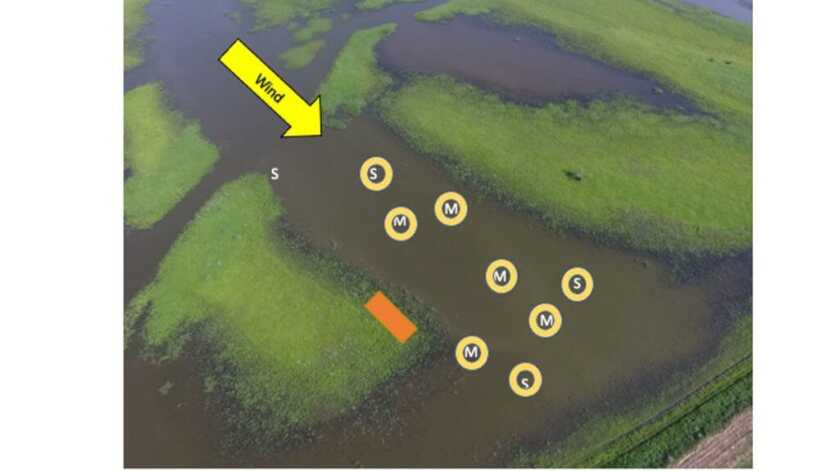
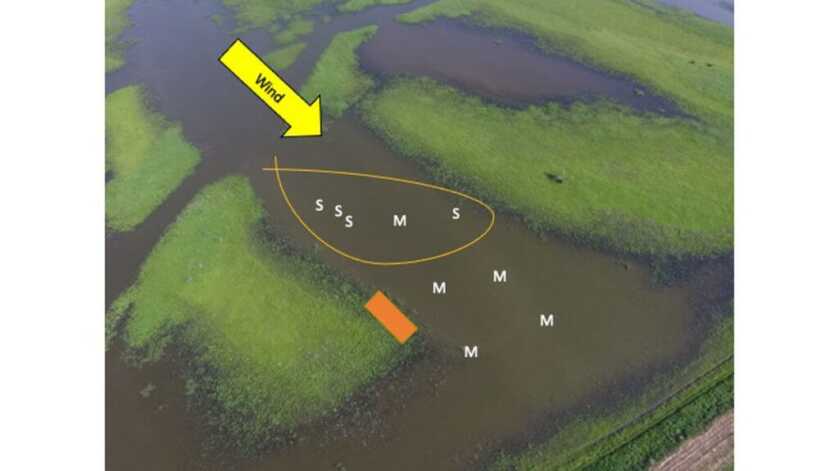
Remotes are an important piece of water motion. There are times when quieting the spread might help if the ducks are skittish. As well, after the wind comes up your motion method to break surface tension now moves to splash about to add even more realism.
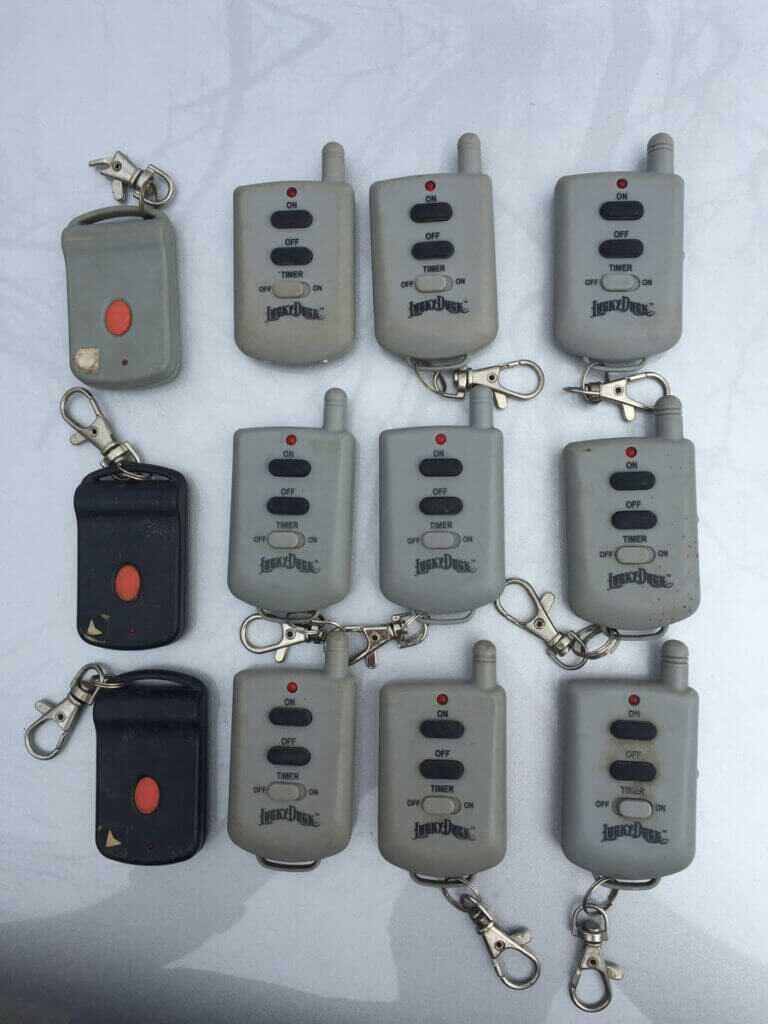
All of this must be provided in concert. Water motion, spinners, and decoys all work together to make your spread come alive. There are days full of wind when water motion is not necessary and then there are those calm mornings when motion on the water means everything to a successful hunt. Spinners on sunny days, less on cloudy days, flappers instead of spinners are also worth considering. Overall placement of your motion with floating decoys can make or break your hunt. Use them to your advantage.


Thoughts on J weights attached to rubber cords at the end of the decoy line to stretch around decoy keels?